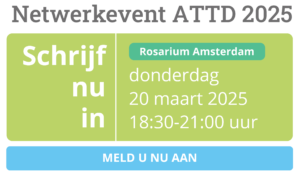OBJECTIVE
Sodium–glucose cotransporter 2 inhibitors (SGLT2i) and glucagon-like peptide 1 receptor agonists (GLP-1RA) reduce body weight and improve cardiometabolic health, but their effect on physical activity is unknown.RESEARCH DESIGN AND METHODS
We pooled data (n = 148) from three randomized trials to investigate the effect of empagliflozin (SGLT2i) and liraglutide (GLP-1RA), in comparison with sitagliptin (dipeptidyl peptidase 4 inhibitor) and dietary therapies, on accelerometer-assessed physical activity.RESULTS
Liraglutide (mean −1,144 steps/day; 95% CI −2,069 to −220), empagliflozin (−1,132 steps/day; −1,739, −524), and sitagliptin (−852 steps/day; −1,625, −78) resulted in reduced total daily physical activity after 6 months (P < 0.01 vs. control). Moderate- to vigorous-intensity physical activity was also reduced. Dietary interventions led to no change or an increase in physical activity.CONCLUSIONS
The initiation of all glucose-lowering therapies was associated with reduced physical activity, warranting further investigation.


